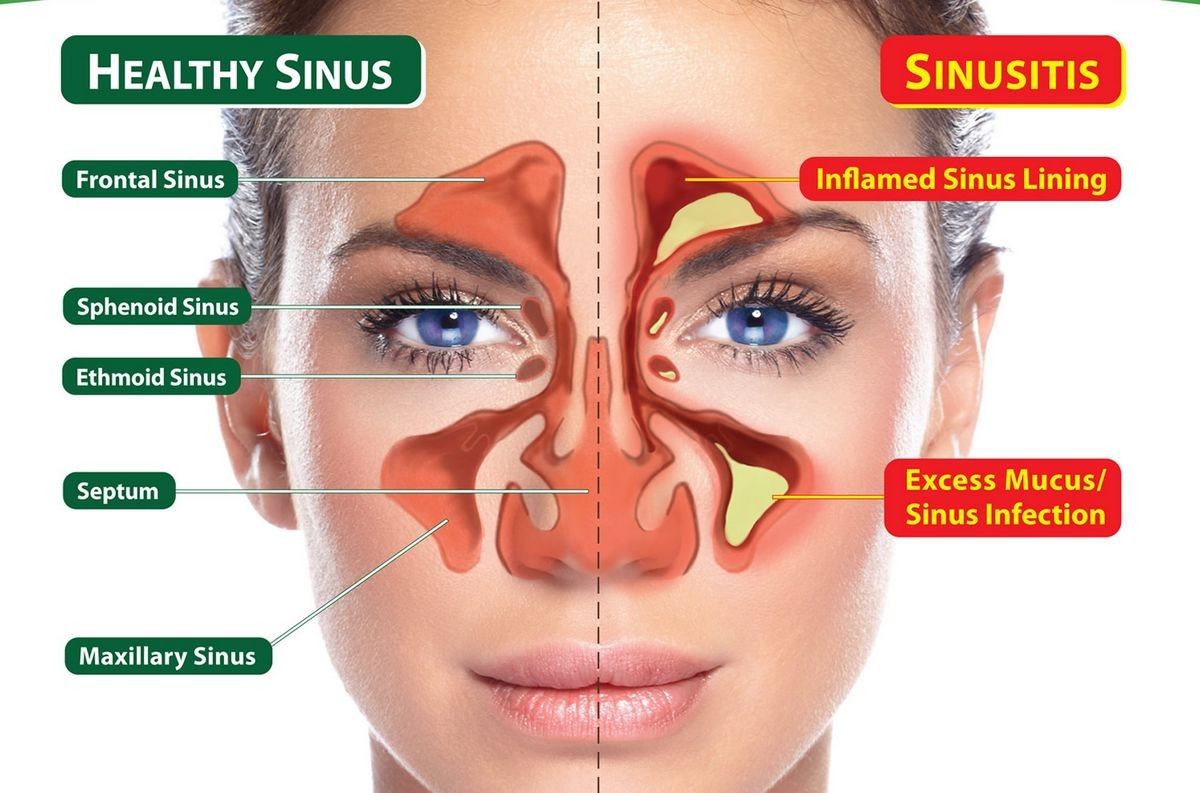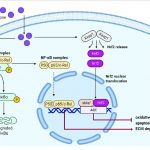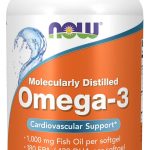
Contents
- 1 Sinus Headache
- 1.0.1 What Are the Sinuses and What Do They Look Like?
- 1.0.2 Types of Sinus Headaches and Their Duration
- 1.0.3 Causes of Sinus Headaches
- 1.0.4 Symptoms of Sinus Headaches
- 1.0.5 When to Seek Medical Care for Sinus Headaches
- 1.0.6 Healthcare Professionals Who Can Treat Sinus Headaches
- 1.0.7 Diagnostic Tests for Sinus Headaches
- 1.0.8 Treatment for Sinus Headaches
- 1.0.9 Over-the-Counter Medications for Sinus Headaches
- 1.0.10 From
Sinus Headache
Allergies cause swollen sinus and nasal mucus linings, resulting in discomfort and pressure.
Inflammation of the ducts or tubes connecting the sinuses to the nose obstructs normal drainage, causing sinus pressure and an increase in mucus and fluid secretion. This build-up of fluid, combined with the inability to drain, results in sinus headaches. Sinusitis refers to inflammation of the sinuses.
What Are the Sinuses and What Do They Look Like?
Four types of sinuses exist, as shown in the picture.
Sinuses are cavities or spaces within the bones of the face that humidify the air, secrete mucus for air filtration, contribute to skull strength, and improve voice resonance.
Paranasal sinuses, located near the back of the nose, develop as air sacs in specific skull bones:
- Frontal sinus: above the eyes within the frontal bone
- Maxillary sinus: beneath the eyes and under the cheekbones within the maxilla bone
- Ethmoid sinus: in the ethmoid bone, separating the eyes from the nose
- Sphenoid sinus: at the base of the skull in the sphenoid bone
Infants have poorly developed sinuses, with only maxillary sinuses visible on X-rays at 1 to 2 years of age and frontal sinuses visible by age 5 or 6.
Types of Sinus Headaches and Their Duration
Sinus headache duration varies:
- Acute sinusitis: lasts less than eight weeks or occurs three times or less per year, with episodes lasting no longer than 10 days. Medications effectively treat acute sinusitis.
- Chronic or recurring sinusitis: lasts over eight weeks or occurs more than four times per year, with symptoms often lasting over 20 days.
Causes of Sinus Headaches
Sinus inflammation (sinusitis) can result from viral infections or allergic reactions like hay fever. Inflammation leads to swelling, decreased sinus drainage, increased fluid production, and the pain and pressure of sinus headaches.
Bacterial and viral infections can occur after inflammation, while fungal infections and tumors can rarely invade the sinuses. Dental infections can also spread to the maxillary sinus.
Sinus inflammation is commonly referred to as rhinosinusitis due to associated nasal inflammation.
Fall Allergies and Sinus Headaches
Fall allergies, causing sinus pressure and discomfort, last from August to November. They have similar symptoms to sinus infections.
QUESTION
Symptoms of Sinus Headaches
Sinus headaches manifest as pain and pressure due to increased inflammation and decreased drainage from blocked sinuses. Pain intensifies with head movements and upon waking up. Affected sinus areas become tender, reddened, and swollen, while changing head position increases pressure within the sinuses.
When to Seek Medical Care for Sinus Headaches
Many people self-diagnose and treat sinusitis at home by staying hydrated and humidifying the air. Consulting a doctor is necessary if a fever, facial swelling indicating abscess formation, or changes in behavior occur. Medical care is also advisable if pain persists after taking over-the-counter pain medications or if symptoms last over 10 to 14 days.
Migraine Treatments:
Other Options
Healthcare Professionals Who Can Treat Sinus Headaches
Primary healthcare professionals, including those in family medicine, pediatrics, and internal medicine, can handle routine sinus infections. Walk-in clinics and Urgent Care Centers are common initial care locations, while otolaryngologists may be consulted for complications or potential surgical intervention. Infectious disease specialists may be involved if fungal infections are present.
Diagnostic Tests for Sinus Headaches
Sinus headache diagnosis involves ruling out migraines or tension headaches. Doctors assess symptoms, including recent colds, respiratory infections, smoking history, and allergies to dust, molds, or air pressure changes. Physical examination identifies tenderness, nasal swelling, discharge, and signs of postnasal drainage. X-rays are not recommended but may be used to confirm sinusitis and assess fluid collections or mucus membrane thickening. Blood tests do not aid diagnosis.
Treatment for Sinus Headaches
Treatment focuses on reducing sinus inflammation for proper drainage and relieving pain and symptoms.
- Nasal steroid sprays and saline rinses can decrease inflammation and treat/prevent sinusitis-associated headaches.
- If bacterial infection is suspected, antibiotics may be prescribed alongside inflammation management. The diagnosis of acute bacterial rhinosinusitis relies on symptoms lasting over 10 days and including pus-like nasal discharge, nasal obstruction, or facial pain/pressure.
By clicking Submit, I agree to the MedicineNet’s Terms & Conditions & Privacy Policy and understand that I may opt out of MedicineNet’s subscriptions at any time.
Over-the-Counter Medications for Sinus Headaches
OTC cold medications reduce sinus inflammation and promote drainage. Consult a doctor before taking pseudoephedrine-containing drugs if you have high blood pressure, heart conditions, or are pregnant. Limited use of decongestant nasal sprays is advised due to potential side effects and complications, such as rebound inflammation after discontinuation.
From
Migraines and Headaches Resources
- How I Went From Migraine Pain to Serenity
- What I Do to Manage Migraine Triggers
- Botox Injections for Migraine Treatment


